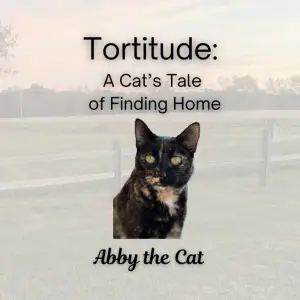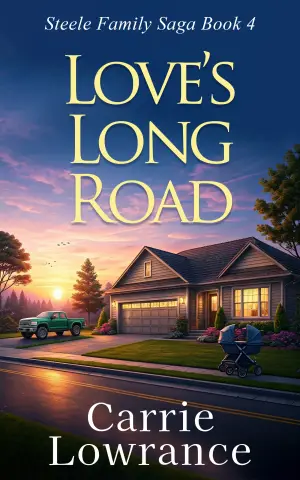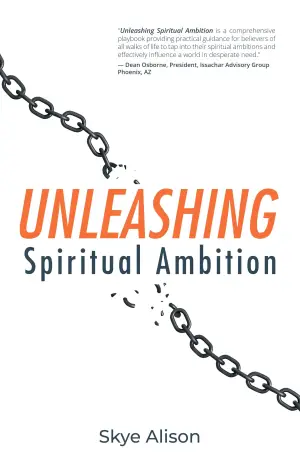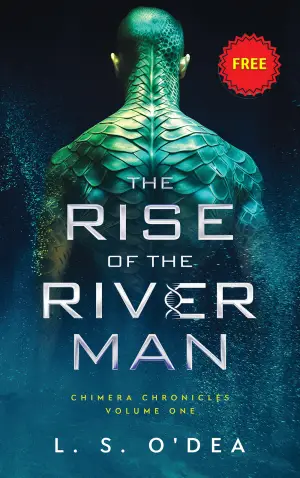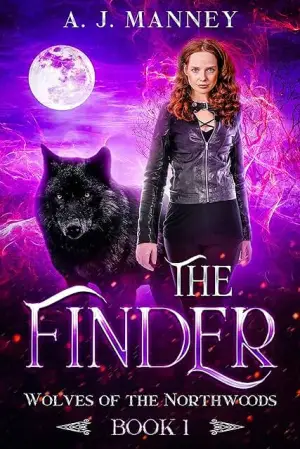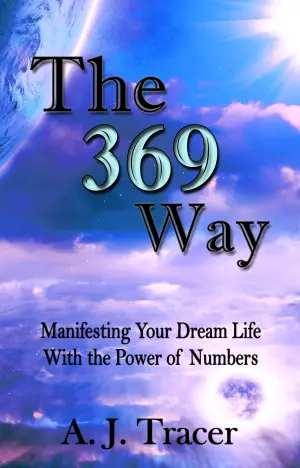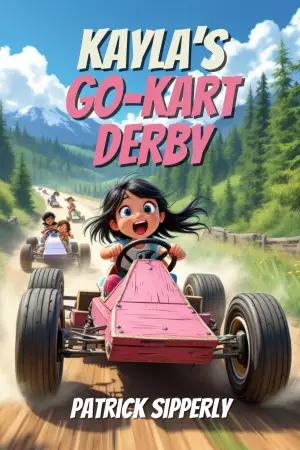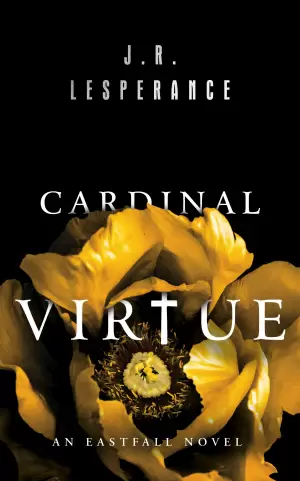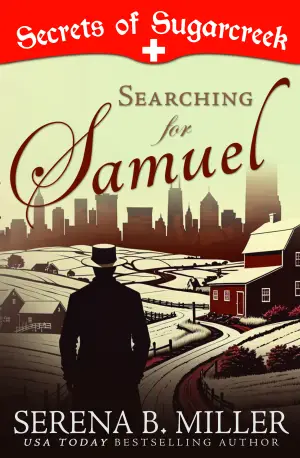Book Review: Walking in Two Worlds by K.L. Smith
Let me be honest: I picked up Walking in Two Worlds by K.L. Smith hoping for an engaging escapade into a colorful, fantastical realm. The premise of navigating both reality and the Floraverse—the story’s alluring virtual world—had potential written all over it. However, as I turned the pages, I found myself feeling more perplexed than enchanted.
The main character, Bugz, serves as our window into both worlds, but rather than resonate, her frustrating self-image struggles dominate the narrative. Her constant internal monologue about feeling "ugly" and not measuring up to others tends to veer into cliché territory, reminiscent of those all-too-familiar "I’m not like other girls" tropes that feel dated and underdeveloped. It’s disappointing to see such a complex issue handled with so little grace.
Equally perplexing is Feng, Bugz’s counterpart who starts as part of the problematic group CLAN:LESS. Instead of exploring how he became involved with this group, the narrative almost glorifies its questionable values. This sets off alarms regarding character development, making Feng’s arc unreliable and his relationships with Bugz feel sorely rushed—emerging seemingly out of nowhere without any build-up. At one moment, they’re at odds, and the next, they’re in love? It left me scrambling for coherence.
The villain, Alpha, barely steps onto the stage of believability. He carries the weight of the conflict, yet his backstory feels painfully absent, leaving the reader with nothing but a vague sense of danger. While I can appreciate the allure of mystery, it can’t replace well-crafted motivation and personality. A solid villain can elevate the stakes; unfortunately, Alpha’s presence deflates any tension.
Now, let’s clash with the "plot"—if one could call it that. The story darts between various plotlines like a pinball, lacking the coherence and continuity I crave. Random elements pop in and out, like Waawaate’s sudden cancer diagnosis that lacks any lead-up; I was left scratching my head. And can we talk about the dynamics of the Floraverse? Its mechanics, puzzling and inconsistent, were never satisfactorily explained. I found myself burdened with questions instead of the wonder the author likely intended.
Then there’s the dialogue. Oh, the dialogue. It strikes an uncomfortable chord, very much resembling the misguided attempt of a middle-aged man trying to capture teenage vernacular. Without any authenticity, it takes me right out of the story. The chatspeak, while an attempt to connect, feels cheap and almost patronizing.
While the book seems targeted at younger readers, it tiptoes into heavier topics like racism and self-harm, which can be jarring without proper context. It’s as if Smith aimed for a broad audience without fully grasping who that might be. I can see middle-schoolers reading this for a book report, yet I wouldn’t hand it to younger kids without having serious reservations about its content.
In conclusion, Walking in Two Worlds is an ambitious endeavor that falters in execution. While it may attract readers drawn to virtual worlds, the lacking character depth and confusing plot may lead to more frustration than fascination. If you’re seeking a deeper, more nuanced exploration of identity and relationships, you might want to look elsewhere. However, if you can overlook its missteps and are looking for a fantastical escape filled with perplexity, it may still be worth a read. Just hold tight—things could get a bit messy!
Discover more about Walking in Two Worlds (Walking in Two Worlds #1) on GoodReads >>


